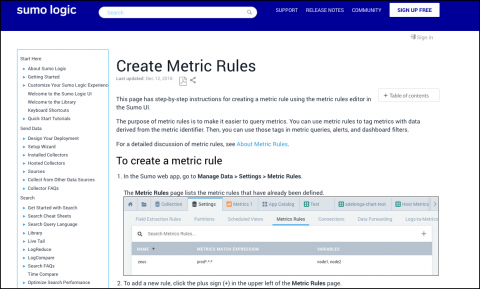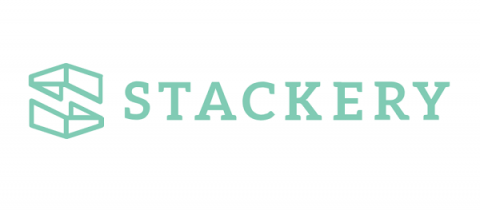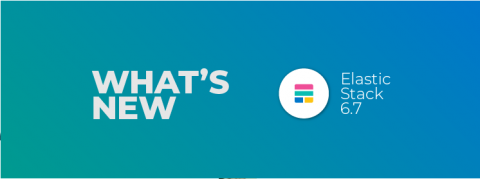PagerDuty Is for People (and Now Listed on the New York Stock Exchange)
Today is a very proud day for PagerDuty and PagerDuty fans around the world—we rang the bell at the New York Stock Exchange to begin our first day of trading as a public company. Today, as a community, we celebrate the collective success of our users and customers and an incredible milestone few companies achieve. While our IPO is a huge milestone, our journey together is just beginning.











